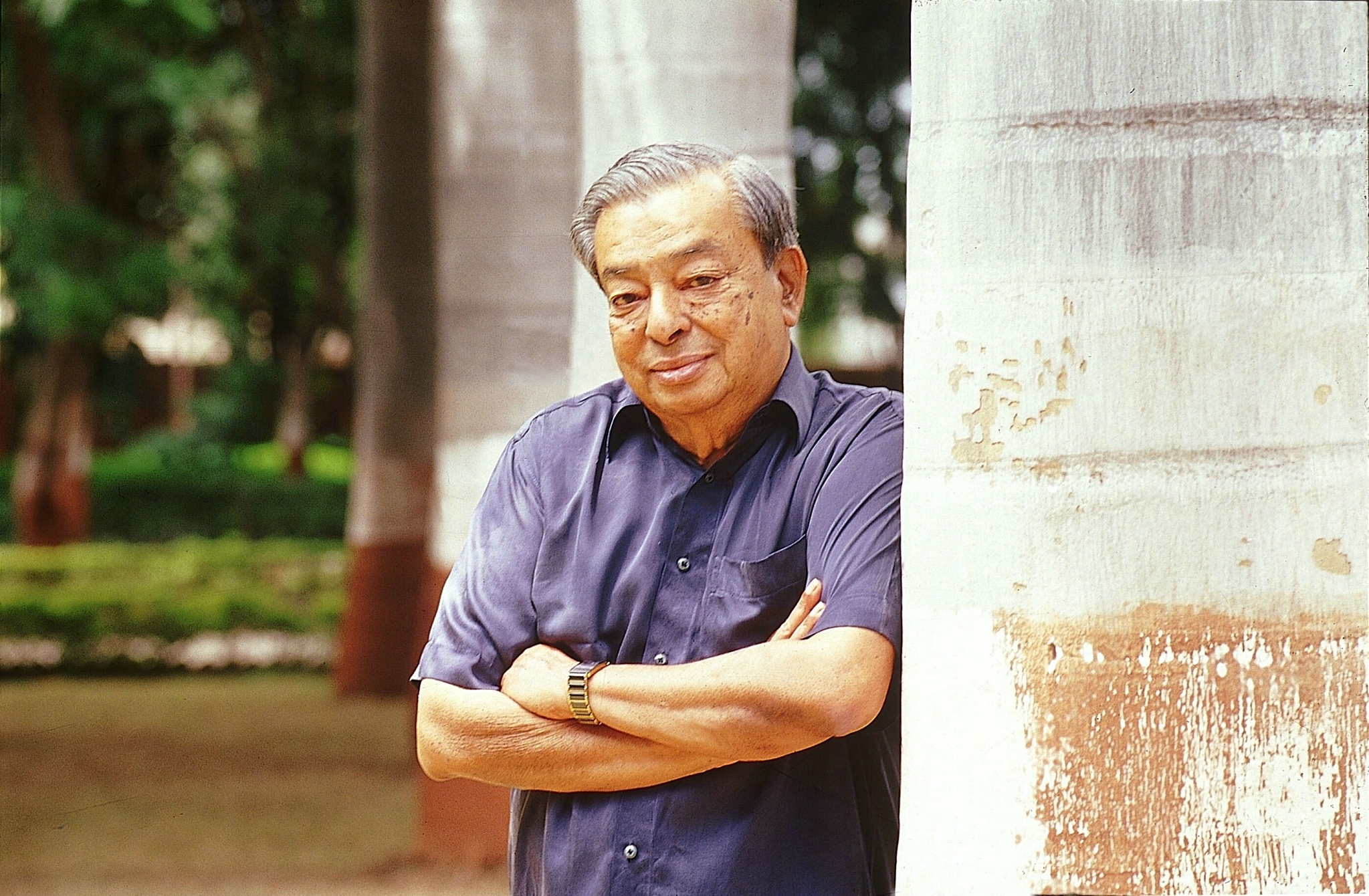
How Replicating The Amul Model Across India Can Ease Farm Distress
The Amul model eliminates middlemen and helps farmers take control of their destiny.
But why hasn’t this model found resonance across the Indian agrarian landscape as wistfully dreamt by Sardar Patel and Verghese Kurien?
India hails and remembers Verghese Kurien (26 November 1921 – 9 September 2012) every year as the doodhwala of the nation. Late Lal Bahadur Shastri, the then prime minister of India, who visited Anand in Gujarat on 31 October 1964 for inaugurating Amul’s cattle feed plant, told then general manager Kurien that replicating the Amul model throughout the country will bring a great change in the socio-economic conditions of the people. Shastri said this after having spent a night with the farmers of Kaira and experiencing their success.
The Amul website records the pivotal and catalytic role played by independent India’s first home minister Sardar Vallabhbhai Patel in helping Kaira district milk farmers embrace the producers’ cooperative (PC) model (Amul) along with his trusted lieutenant, former prime minister, Morarji Desai. Sardar Patel, too, believed in the idea of producers’ cooperative as salvation for Indian farmers.
Producers’ cooperative is not a uniquely Indian idea. Mozambique had recorded a fair bit of success registering a 50 per cent increase in income for small farmers. PC’s selling plank is simple and rational - let farmers be the master of their own destiny. Each farmer becomes a member of a cooperative society with just one vote no matter how much shares he has subscribed to. The PC negotiates directly with the buyers and thus eliminates the middlemen. In other words, small milk farmers do not have to sell their milk for a pittance. Since there is a perfect alignment between producers and shareholders, and with a perfect mutuality of interest ushered in, profits earned enures to the benefit of both the producer and shareholder without any other investor putting a shovel into the spoils. To wit, there are 7,53, 194 producer-shareholders in Amul drawn from 1,815 villages in the Kaira district mobilising 2.9 million litres of milk every day.
If the idea is so appealing why hasn’t the Amul model found resonance across the Indian agrarian landscape as wistfully dreamt by Patel and Kurien? As of mid-2011, there were over 156 PCs in India. Of these registered PCs, the PCs of District Poverty Initiative Project-Madhya Pradesh (DPIP-MP) are the most cited. Nothing much more vigorous seems to have happened on the PC front since.
It takes a visionary like Patel and Kurien to take an idea to fruition. They did it with Amul but unfortunately no one has come forward to mobilise farmers cultivating cereals, pulses, fruits and vegetables into PCs. There have been farmer leaders like Mahender Singh Tikait in western UP, Sharad Joshi in Maharashtra and lo and behold the former prime minister Chaudhury Charan Singh himself. But none has bestirred to mobilise the farmers on a scale done by Patel and Kurien.
Moreover, while the ultimate spoils may be shared only by the producer-shareholders, it is the professionals who have to run the show, which includes the understanding of the nitty-gritty of organisation. The Amul experience shows that even producers’ cooperatives can attract talent and professionals. The state governments have a constructive role to play. They must help the PC pick up the right personnel who can buy seeds of right quality at right prices, negotiate with the insurers, negotiate the selling price.
Even cultivation may have to be professionalised by pooling land and doing scientific farming on a large scale. All these are not possible by the farmers themselves. And when all these are done successfully, marketing won’t be a problem. Retail chain in urban centres can be established by the PCs directly, thus cutting off the middlemen who have been hitherto eating away a substantial chunk of the profits. Indeed, the ultimate consumers will also benefit by the economies of scale that enables the PCs to pass on some of the profits to them by way of trade discount.
The Companies Act, 2013 permits formation of PCs but there seems to be very few takers for it in the absence of push by the government. We have been wistfully pining for Wal-Mart to step in and bring about direct procurement from farmers thus cutting off middle men besides ensuring a fair price to farmers all of which would result in lower prices for consumers besides minimising wastage through cold chains from farm to stores. But a deeper reflection would show that what the likes of Wal-Mart do and bring to the table is not rocket science. What the multinational retail chains do can also be easily done by producers’ cooperatives. Come to think of it, Wal-Mart itself is an intermediary or middlemen and producers’ cooperatives can directly reach out to consumers by setting up stores in urban and semi-urban centres.